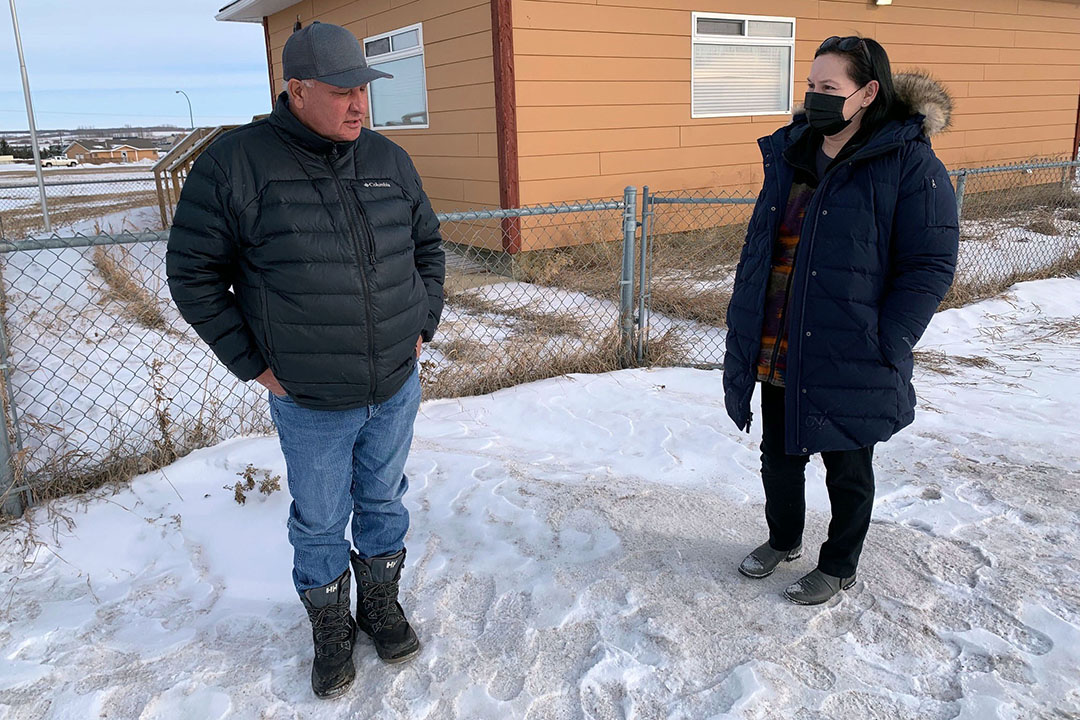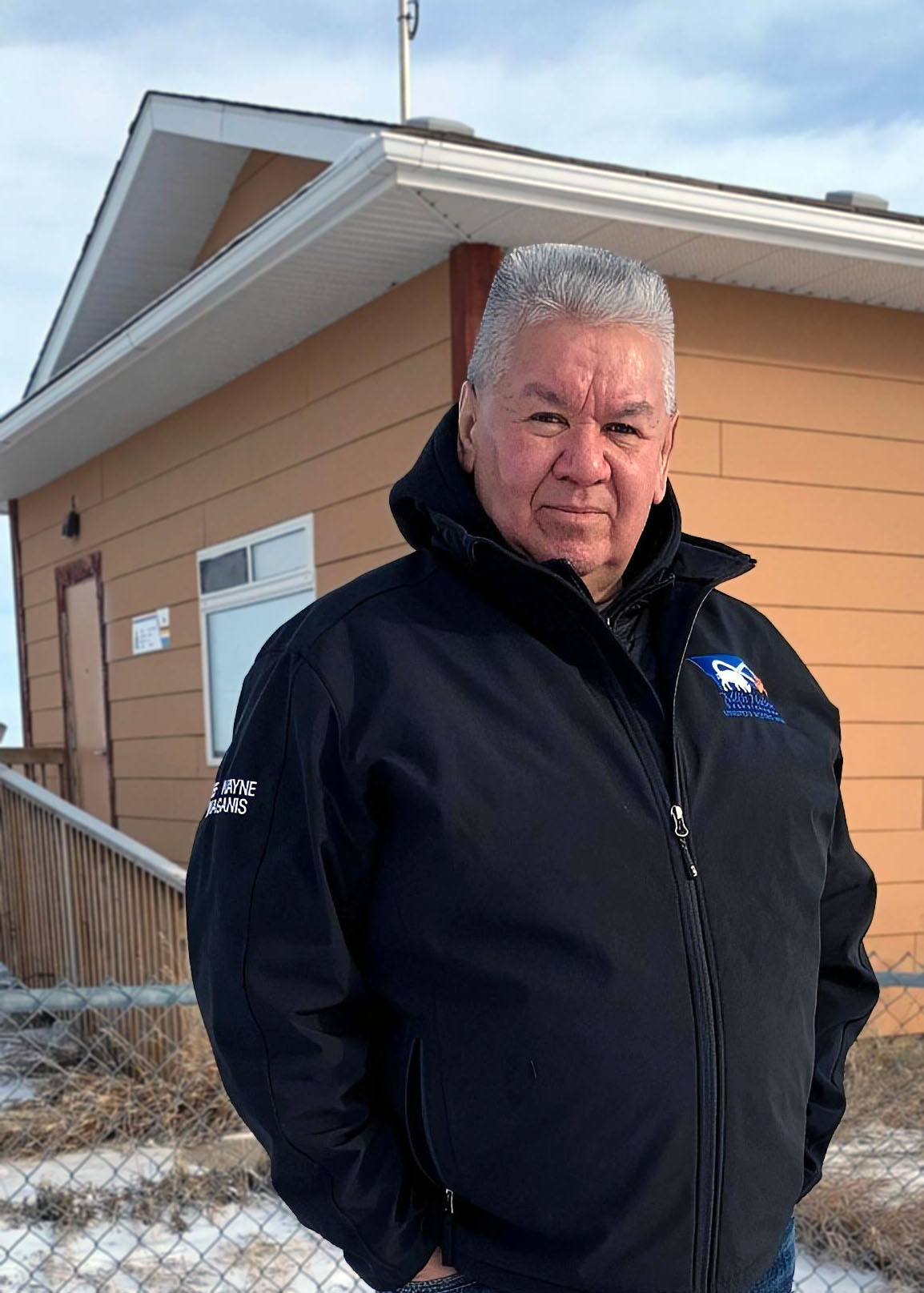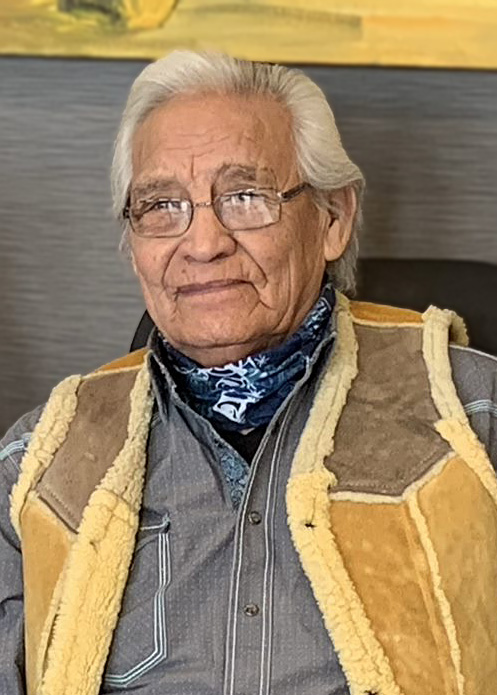
New USask partnership will use traditional Cree approaches to make communities safer
nehiyaw wicihitwin (Cree helping Cree) program is grounded in Cree culture, language, values and beliefs
University of Saskatchewan (USask) researcher Dr. Holly Graham (PhD) has been awarded $2.5 million over five years by Public Safety Canada to implement a crime prevention program using culture as the intervention.
“The crime prevention project provides 10- to 19-year-old students and their families on the Little Pine and Poundmaker First Nations an opportunity to further connect to their traditional Cree identity, including the use of traditional ways to manage conflict resolution—also known as restorative processes,” said Graham.

She said the project was initiated by two Elders—Austin Tootoosis of Poundmaker Cree Nation and the late Jacob Pete from the Little Pine First Nation. They approached her to work with them and apply for the federal grant that would help address a pressing community problem.
“I see it as a holistic wellness plan that includes reclaiming indigeneity—supporting the original family structure, bringing people together to create positive outcomes,” said Graham, assistant professor in the College of Nursing and USask’s Indigenous Research Chair in Nursing.
“What’s so beautiful is that the request came from the communities, the project template was co-created with the leadership, kihte-ayak (person of many winters), and community members from these two First Nations, along with RCMP representation—Sergeant Karen Pelletier, Indigenous Policing Services. Chiefs Wayne Semaginis and Duane Antoine have been vital to nehiyaw wicihitwin (Cree helping Cree). Their commitment and leadership reflects the value of this project to their communities. This project is community-driven, which is the gold standard for all community-based research,” said Graham, a member of the Thunderchild First Nation whose mother attended residential school with Tootoosis and Pete.
The chiefs brought community leaders, local police and others together to share and envision what they wanted to happen, said Graham. Such true collaborative and supportive partnerships with authentic relationships to address community needs are a key part of reconciliation, she said.

“One of our project’s goal is to support and build community with traditional circles. We are using a restorative justice approach as part of the prevention program that will be taught in high schools, to teachers, to leaders and others—that was Jacob’s dream,” Graham said.
When an issue or challenge arises, everyone in the youth’s life—parents, relatives, paraprofessionals—come together to share their feelings and perspectives about the event, explore the roots of the behaviour, and create a plan to support that young person, she said.
The program will be delivered in the two communities by seven staff—two onsite project co-ordinators, two Elders, two intervention staff (mental health therapists) and an administrator. As well, an off-site part-time administrator will work in Saskatoon to help Graham with program metrics and evaluations.
An Elder at each school will teach students traditional Cree culture, language, values and beliefs. They will include teachings about wahkotowin, the Cree worldview that we are all related and interconnected with each other, and to mother earth and of all creation; the medicine wheel, whose lessons include the interrelatedness of physical, emotional, mental and spiritual wellness; and the Seven Sacred Grandfather Teachings, a set of teachings for a healthy life. The teachings provide a frame for healthy relationships based on love, respect, bravery, truth, honesty, humility and wisdom.
There also will be weekly group workshops in the schools and communities that address issues such as alternatives to violence, managing emotions, self-regulation, healthy boundaries, conflict management and resolution. These workshops will offer a cultural craft component twice a month.
As well, a monthly Elders healing and wellness plan will feature story-based learning and sharing circles to discuss such important issues as how the justice system has been applied to Indigenous peoples, the ’60s Scoop, residential schools, and intergeneration trauma.
The program, called nehiyaw wicihitwin (Cree helping Cree), will provide youth reaching maturity the opportunity to participate in a traditional rites of passage (cultural ceremony). The youth will participate in one hunting and one fishing trip annually—something already offered to Little Pine students. As well, an annual hockey camp and family camp will be held in each community.
Intervention staff will make individual counselling available to students aged 10-19 and their families, with the project team organizing further education events on topics such as bullying, gang prevention, and will bring in motivations speakers per community request.
Graham’s project is one of 40 selected across the country. At the end of five years, Public Safety Canada will assess the effectiveness of the programs and adopt best practices for its youth crime prevention programming.

